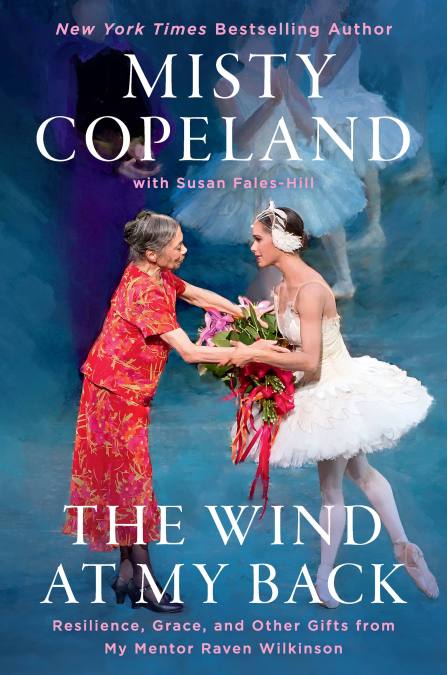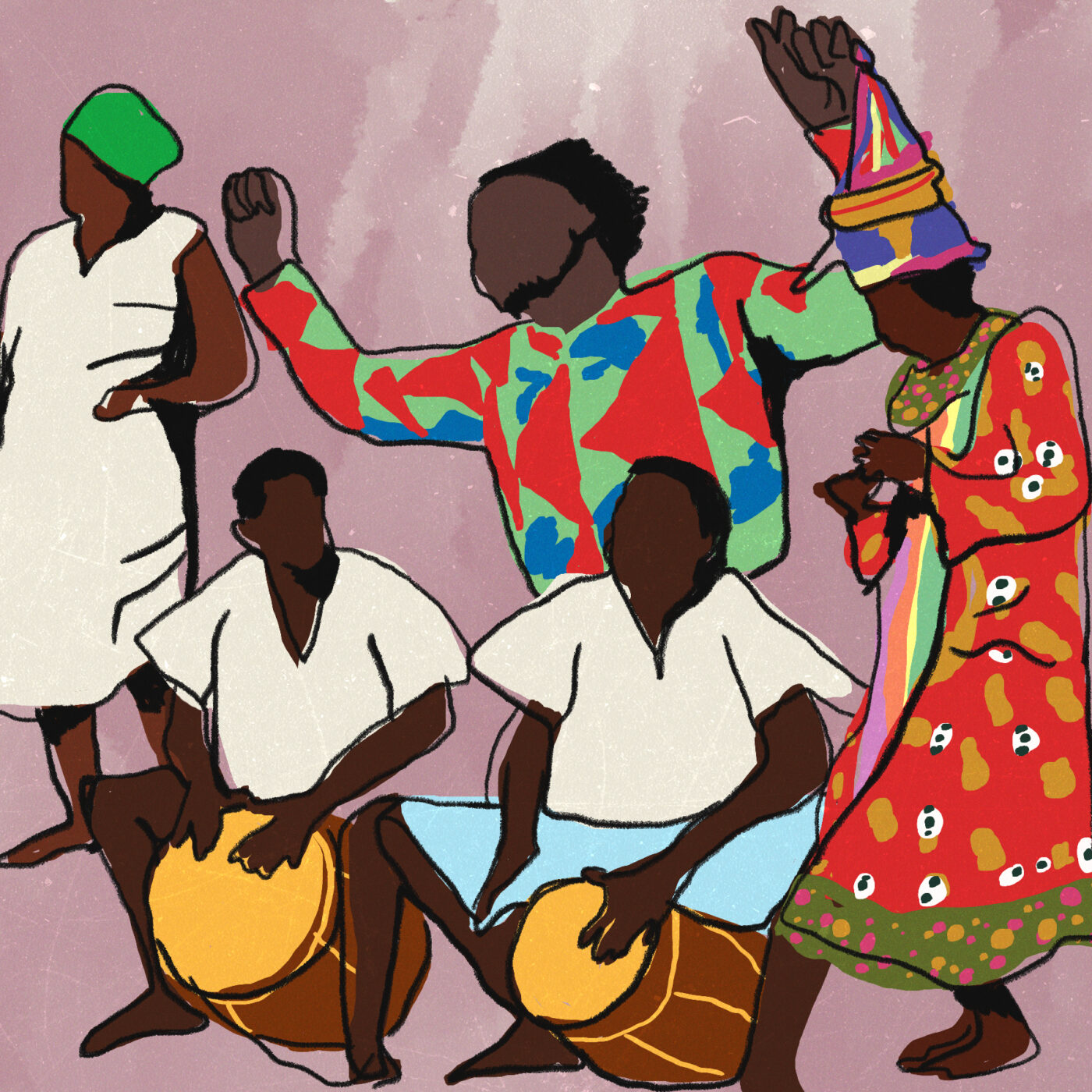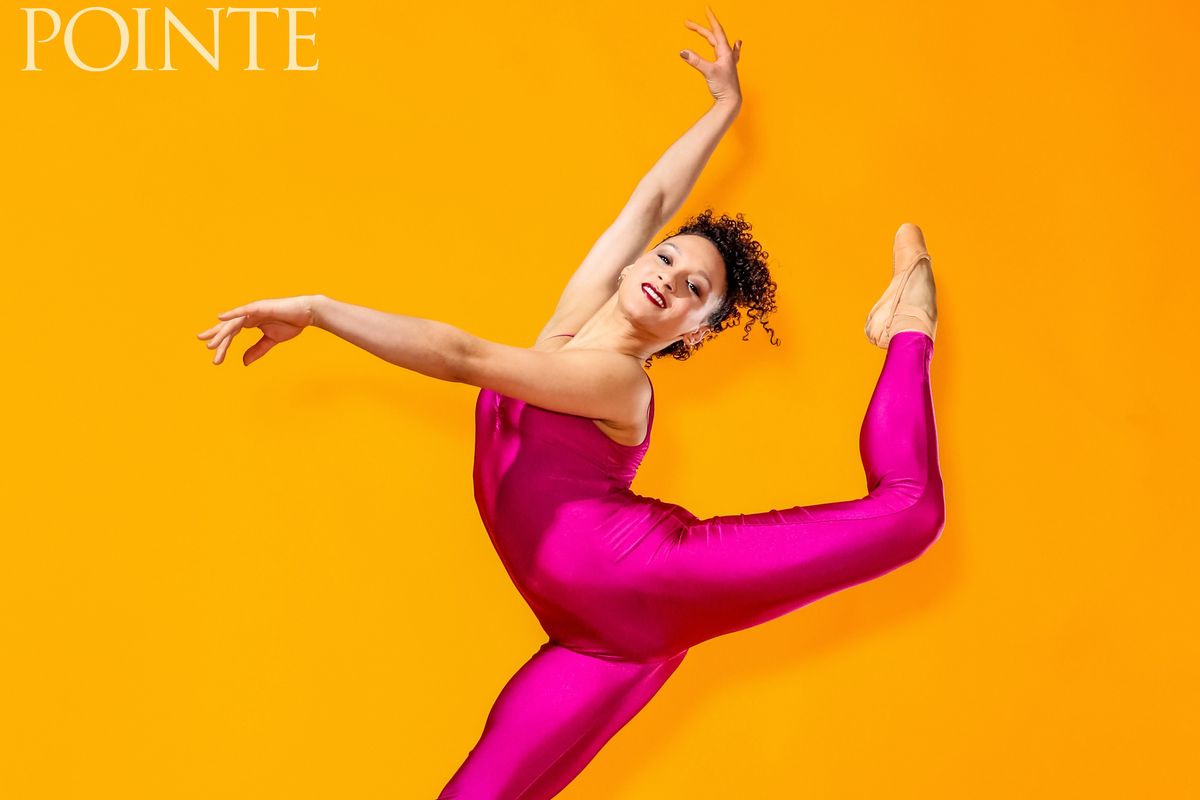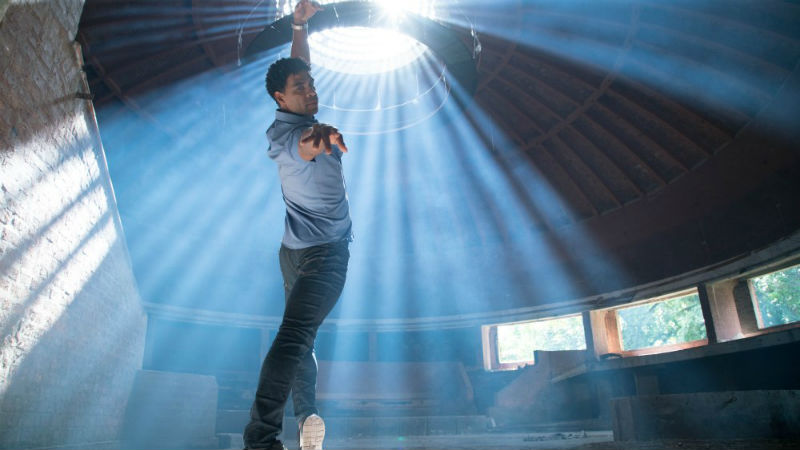Ruth Ann Koesun, Versatile Ballet Theater Dancer, Dies at 89Posted in Articles, Arts, Asian Diaspora, Biography, Media Archive, United States on 2023-01-23 15:35Z by Steven |
Ruth Ann Koesun, Versatile Ballet Theater Dancer, Dies at 89
The New York Times
2018-02-14

Ruth Ann Koesun, a principal dancer in American Ballet Theater who epitomized the company’s early eclectic profile by excelling in roles that ranged from Billy the Kid’s Mexican sweetheart to the “Bluebird” pas de deux from “The Sleeping Beauty,” died on Feb. 1 in Chicago. She was 89.
Her death was confirmed by her goddaughter, Ellen Coghlan.
Because of her lyrical style in ballets like “Les Sylphides,” Ms. Koesun was often cast as a Romantic ballerina. But she could also show dramatic ferocity, as the evil antiheroine Ate in Antony Tudor’s “Undertow,” which depicts a young murderer’s development.
Contemporary ballet makers favored her. In 1950, Herbert Ross, a new choreographer and future film director, cast her in his “Caprichos,” based on Goya’s etchings. She portrayed a dead woman who is tossed around by her partner in choreographed movements that suggested she was inert…
…Ruth Ann Koesun was born on May 15, 1928, in Chicago to Dr. Paul Z. Koesun, a Chinese physician in Chicago’s Chinatown, and the former Mary Mondulick, who was of Russian descent…
Read the entire obituary here.








